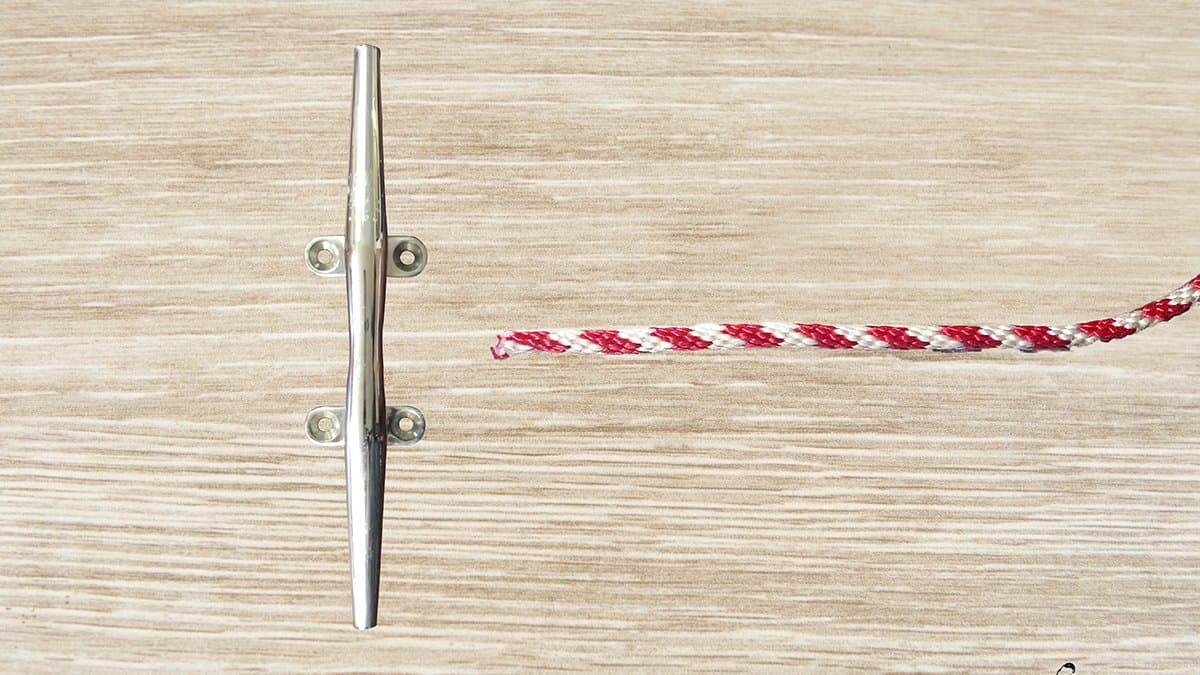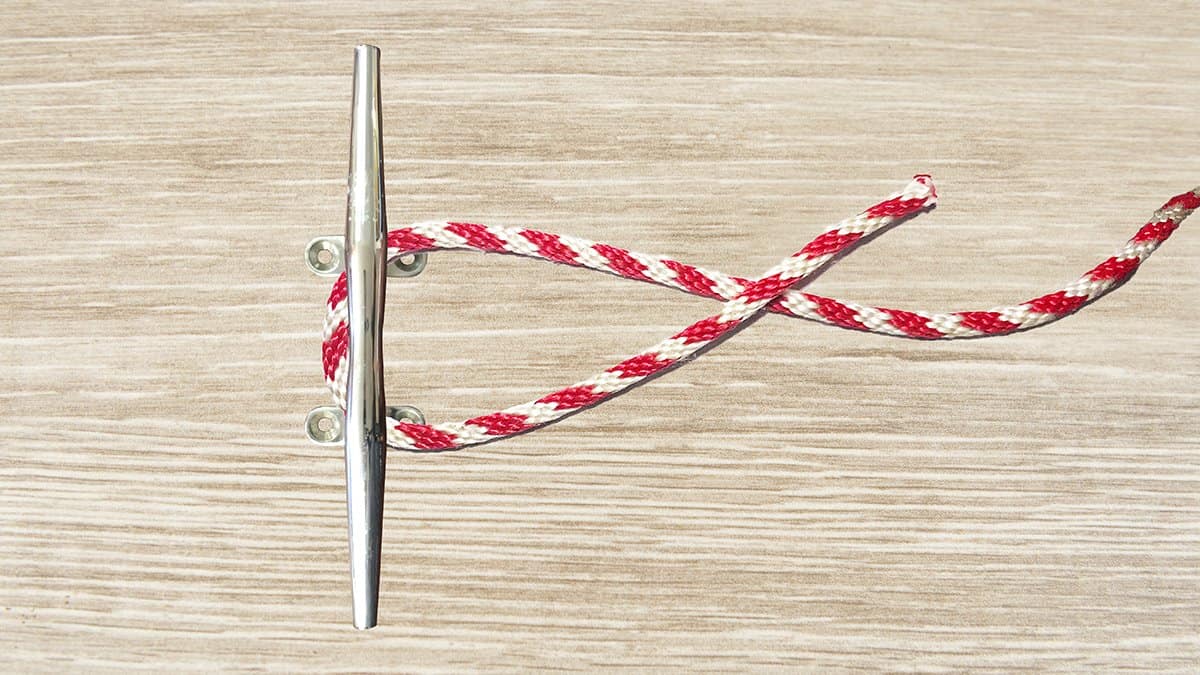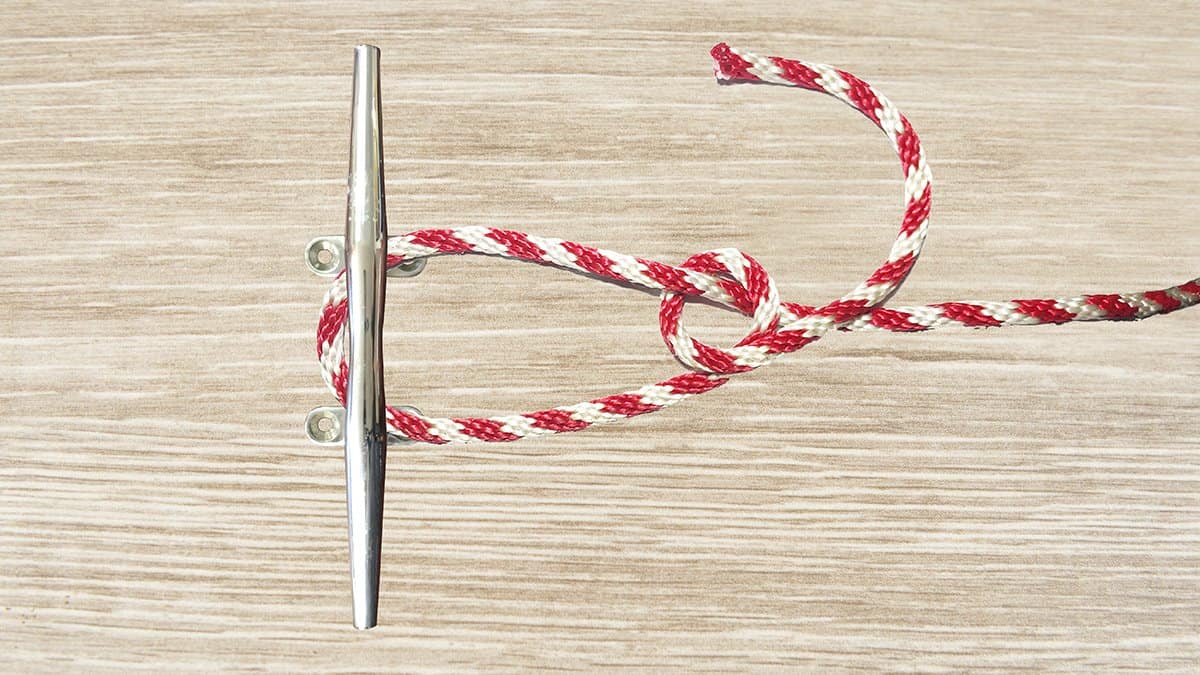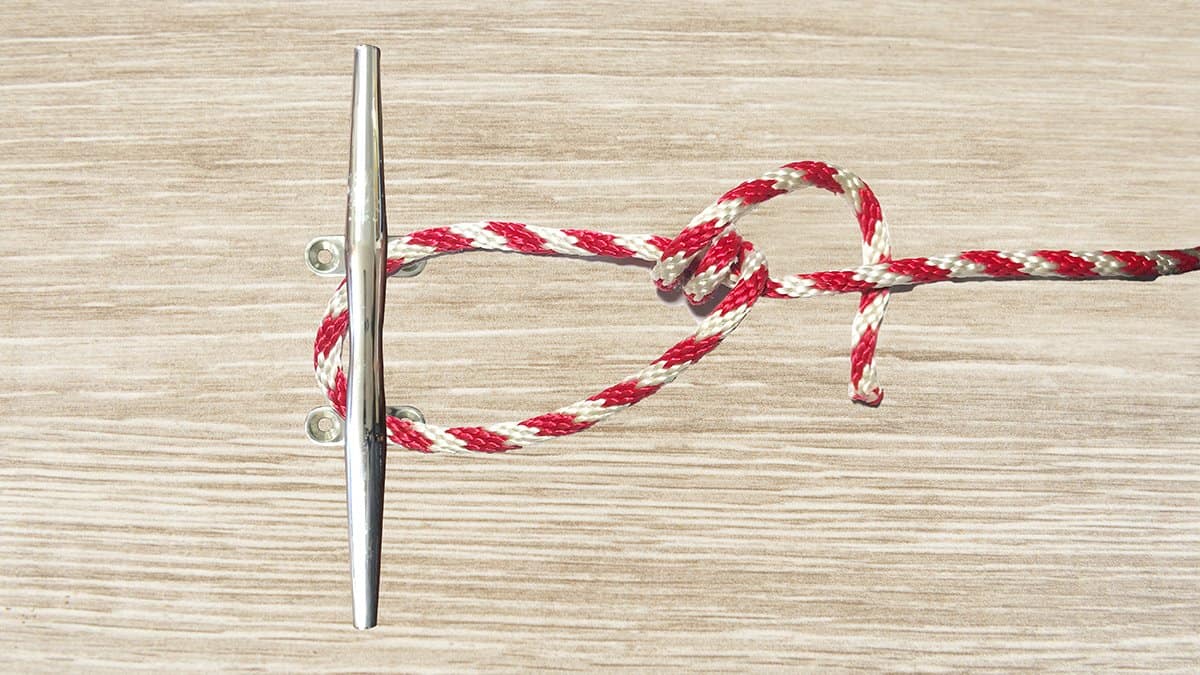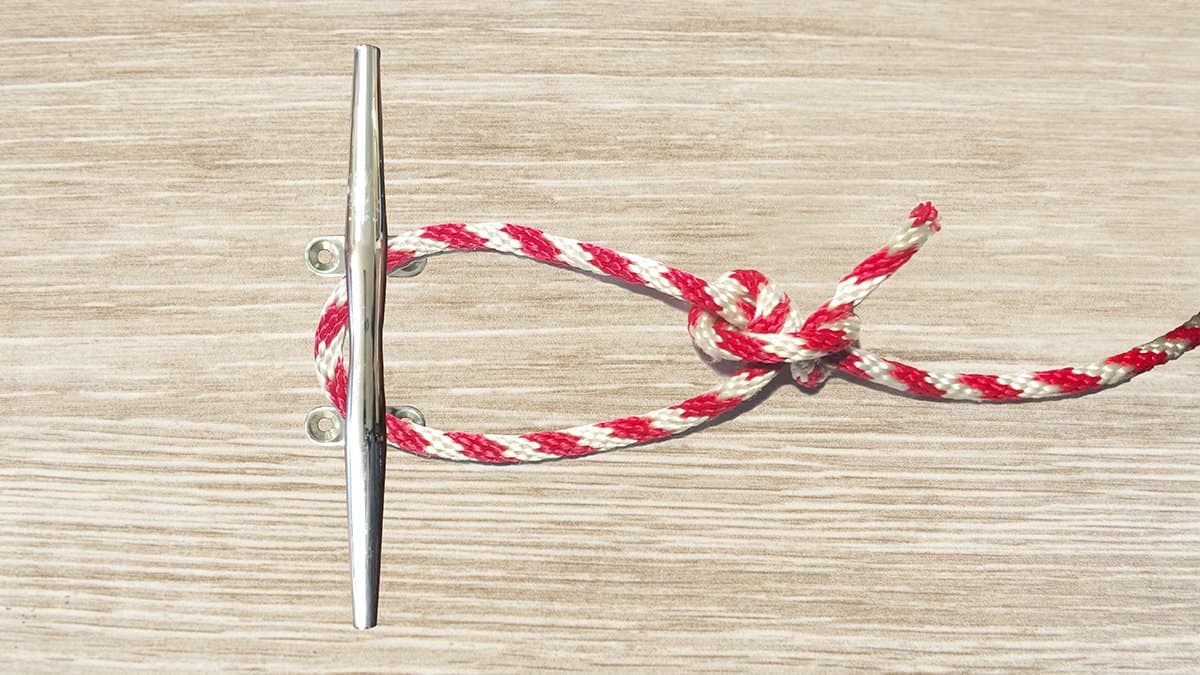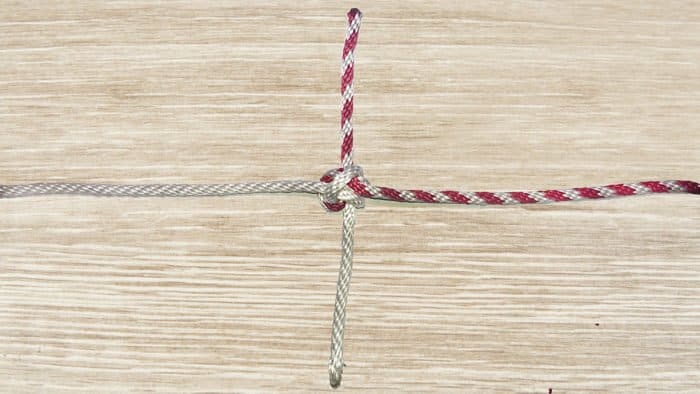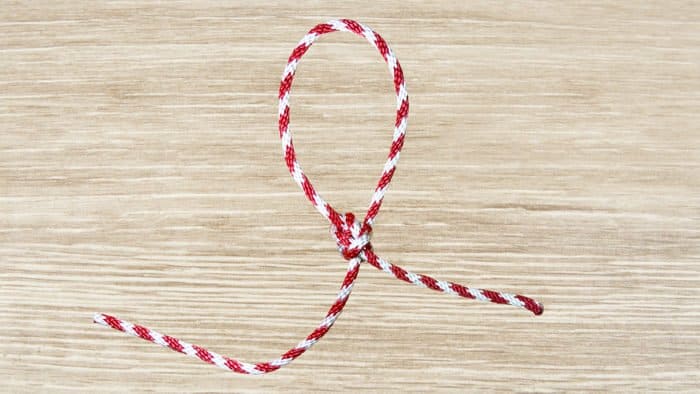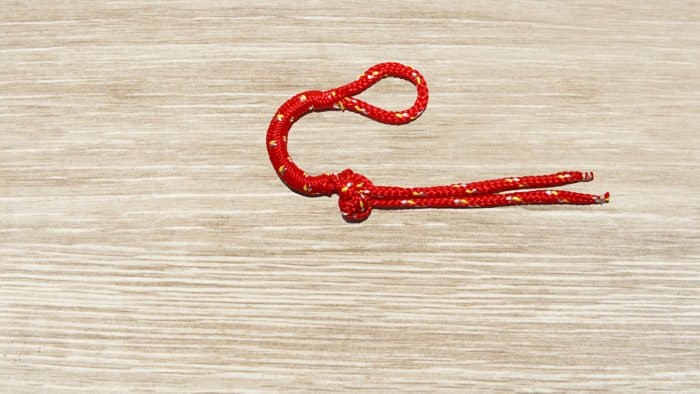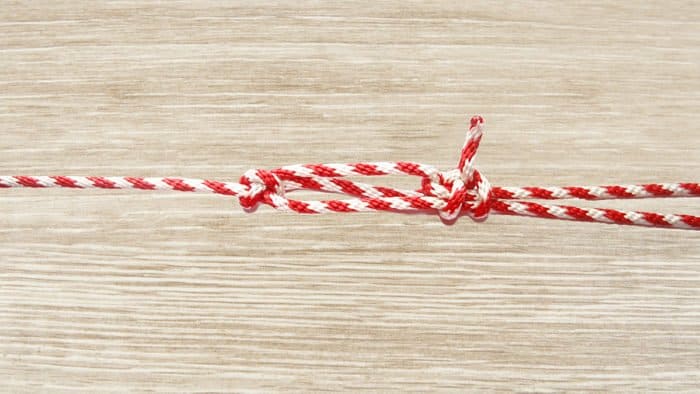How To Tie A Midshipman’s Hitch Knot
It’s important to know how to tie a Midshipman’s Hitch Knot if you’re heading out on the water. It’s a strong and practical knot that can be used for a variety of purposes. It’s easy to tie, unloaded or under load, and relatively easy to untie too. It’s a great knot that makes an adjustable loop at the end of a line. The loop can be made as big or as small as the user requires, with a knot that will hold securely once tightened.
This knot is mentioned in the Ashley Book Of Knots (#1855) and in a number of other publications. Unfortunately, it’s often confused with other knots of sub-par quality. One of the most often confused knots is the Taut Line Hitch, and many places consider the Taut Line and The Midshipman’s Hitch to be the same. They’re not. One is far better than the other: and that’s the Midshipman’s Hitch Knot.
Uses
No matter whether you’re a sailor, arborist, outdoor enthusiast, or member of the Boy Scouts of America, there are plenty of reasons to learn how to tie the Midshipman’s Hitch Knot. It can be used for setting and securing tarps and tents, for establishing guide ropes for hammocks and other garden furniture, for mooring boats, and for saving yourself if you fall overboard!
In fact, that’s actually how Ashley explains the best use for this knot in his book (see #1993). In short, it’s the best knot to deploy should you find yourself overboard, grasping to a trailing rope. It’s an unlikely situation, sure, but it could be of use. Simple attach yourself to the line using this knot before you tire and drown!
Simply put, it can be tied under load, unlike a Bowline. It can be tied without sliding or constricting, unlike Two Half Hitches. Instead, it champions the Rolling Hitch Knot, with a few extra moves to make the Midshipman’s Knot. Here’s how you tie it.
How To Tie A Midshipman’s Hitch Knot
For the best results, we recommend that you practice tying this knot using a hitching post or something similar. Once you’ve found something to help secure your rope, you’re good to go!
Step One: Take the working end of the rope and pass it around the hitching post and pass it around the standing end.
Step Two: Make a second pass to compound the previous turn.
Step Three: Position it next to the previous turn, pulling it tight. This creates what’s known as an Awning Hitch Knot.
Step Four: Take the working end and create a Half Hitch. Once done, you have successfully created a Midshipman’s Hitch Knot.
Note: You can tie the Half Hitch in a reverse direction. This will make an Adjustable Hitch instead.
Other Things To Consider
Now that you’ve successfully learned how to tie a Midshipman’s Hitch Knot, it’s time to master it by learning a few more key details. Here are some warnings to keep in mind before deploying it, and a number of variations and alternative knots that could be better options depending on the circumstances. Here’s all you need to know.
Warnings
Do make sure that you’re following instructions to tie the Midshipman’s Hitch and not the Taut Line variation. The Midshipman’s Hitch is superior because it has an Awning Hitch as a part of its DNA—this allows for a more secure knot when the entire knot is completed. Make sure you’re learning the good version of the knot and not the bad one!
Also, it’s worth keeping your rope material in mind too. If you’re using Spectra, Dyneema, or Polypropylene ropes, the Midshipman’s Hitch may have trouble gripping and could slide over time. You can try to add an extra turn at the beginning or secure the knot with an extra half hitch at the end, but it may still slide. Just keep that in mind before using it!
Variations
As we noted below the How-to section, there is an alternative that sees the knot finished with a Half Hitch tied in the reverse direction. This variation creates an Adjustable Hitch which could be a more practical option depending on your circumstances.
Again, we’re also going to underline the fact that the Taut Line Hitch (sometimes even known as the Taught Line Hitch) is a sub-par variation of this knot. If there’s a situation that you think the Taut Line Hitch is worth using, upgrade it to the Midshipman’s Hitch Knot for added security. Always.
Alternatives
The Awning Hitch, which is essentially one half of the Midshipman’s Hitch can be a useful alternative depending on the situation. Other knots, hitches, and loops that are worth considering are the Adjustable Hitch, Clove Hitch, Timber Hitch, and Rolling Hitch. Each one of these alternatives has strengths and weaknesses, depending on the situation and your desired outcome.
Categories: Nautical Knots
